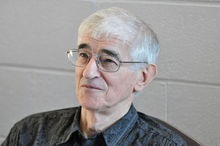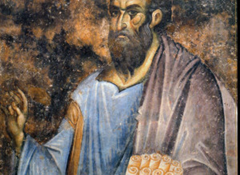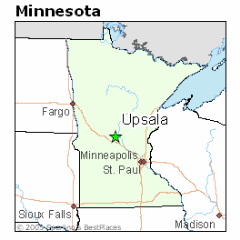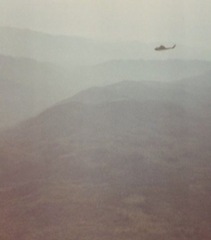 Every two years, the ELCA comes together in a national, churchwide assembly to conduct the business of the largest Lutheran denomination in the United States. The Churchwide Assembly is the ultimate legislative authority of the church, so the decisions made by the approximately 1,000 voting members determine church policy.
Every two years, the ELCA comes together in a national, churchwide assembly to conduct the business of the largest Lutheran denomination in the United States. The Churchwide Assembly is the ultimate legislative authority of the church, so the decisions made by the approximately 1,000 voting members determine church policy.
The assembly consists of “voting members” rather than “delegates” because their charge is to represent the interests of the entire church and not merely their own congregation or regional synod. Representing roughly ten thousand congregations and over four million members, the voting members come from every corner of the US and the Caribbean. By constitution, the voting members consist of 60% laity and 40% clergy, equal representation of male and female, and 10% ethnic minority.
On August 14th, the 2011 biennial Churchwide Assembly convenes in Orlando and will run through the 19th. This will be the first national gathering of the church since the groundbreaking actions of the 2009 Churchwide assembly in Minneapolis that opened the pulpit to gay clergy. Since then, openly gay clergy have been received onto the ELCA roster in highly visible and celebratory “Rites of Reception”. Also in the interim, the Presbyterian Church USA has revised its policies to allow gay clergy, and the United Methodists are squirming with the issue. On the other hand, roughly 5% of the ELCA congregations have dissolved their relationship with the ELCA and joined one of two rival, conservative, splinter groups: the North American Lutheran Church and Lutheran Congregations in Mission for Christ.
I was present at the 2009 assembly as a volunteer for Goodsoil, an advocacy group for LGBTQ interests. Goodsoil is the face of Lutherans Concerned North America, Extraordinary Lutheran Ministries, and Wingspan. I will again be present this year in Orlando as a voting member, and I plan to live blog the event as I did in 2009.
Follow this blog with an RSS feed or via Twitter (@LiberalSpirit) for regular assembly updates (CWA11).



